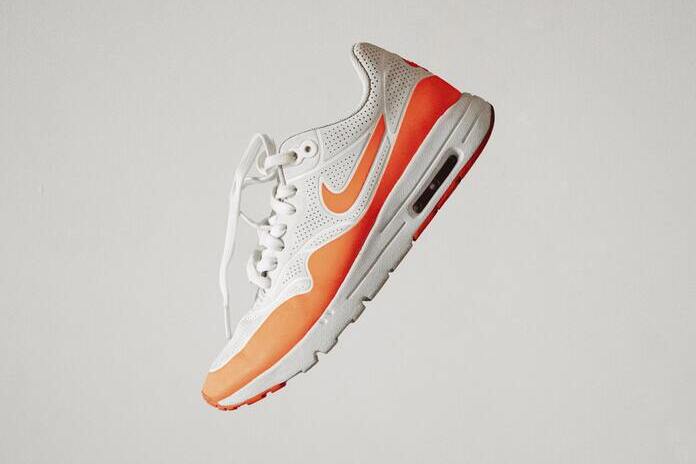Nike Inc. (NYSE:NKE) witnessed a significant downturn in its stock value on Friday, causing a ripple effect across sportswear retailers and competitors, as the athletic giant announced plans to cut jobs and streamline operations in response to a decline in sales.
To achieve up to $2 billion in cost savings, Nike will be reducing its workforce and simplifying its product lineup, primarily in response to a weakened sales outlook, particularly in China and globally. The company’s shares plummeted by as much as 12% as of 9:36 a.m. in New York trading on Friday, marking the most substantial drop since September 2022, following analyst downgrades. This downturn extended to sportswear retailers such as Dick’s Sporting Goods Inc. and Lululemon Athleta Inc., and rival brands like Adidas AG and Puma SE, both experiencing significant declines in Frankfurt trading.
On a conference call, Nike’s Chief Financial Officer, Matt Friend, attributed the revised outlook to “indications of more cautious consumer behavior around the world,” singling out concerns in Greater China and Europe, the Middle East, and Africa.
Despite anticipating a 1% increase in full-year revenue after experiencing declines in the current quarter, Nike acknowledged lower growth levels from e-commerce, a sector that has previously shown resilience in the retail industry.
“We’ve taken a more prudent approach to our planning for the balance of the year,” commented Chief Executive Officer John Donahoe on the call.
As part of its restructuring efforts, Nike expects to incur charges of $400 million to $450 million in the current quarter, primarily associated with employee severance costs. The company aims to eliminate layers of management, streamline product lines, and enhance automation and technology.
While Nike reported Q2 revenue of $13.4 billion, in line with the average analyst estimate, sales in Greater China fell below expectations. Despite this, earnings per share surpassed Wall Street’s estimates. Nike’s performance contrasts slightly with rivals like Puma, which cited strong demand in Europe and a China recovery, and Adidas, facing challenges in the U.S. but benefiting from Yeezy partnership sales.
Investor concerns about China remain a focal point for Nike, as the company addresses fears of a consumer spending pullback in the region. CEO Donahoe, while reiterating confidence in China, acknowledged slower consumption amid economic uncertainties.
Despite the challenges, Nike reported a positive note in its gross margin for the quarter, reaching 44.6%, higher than analysts’ estimates. The company has been diligently working to reduce inventory, which fell by 14%, aiming to enhance efficiency and increase margins in the coming years.
Featured Image: Unsplash















